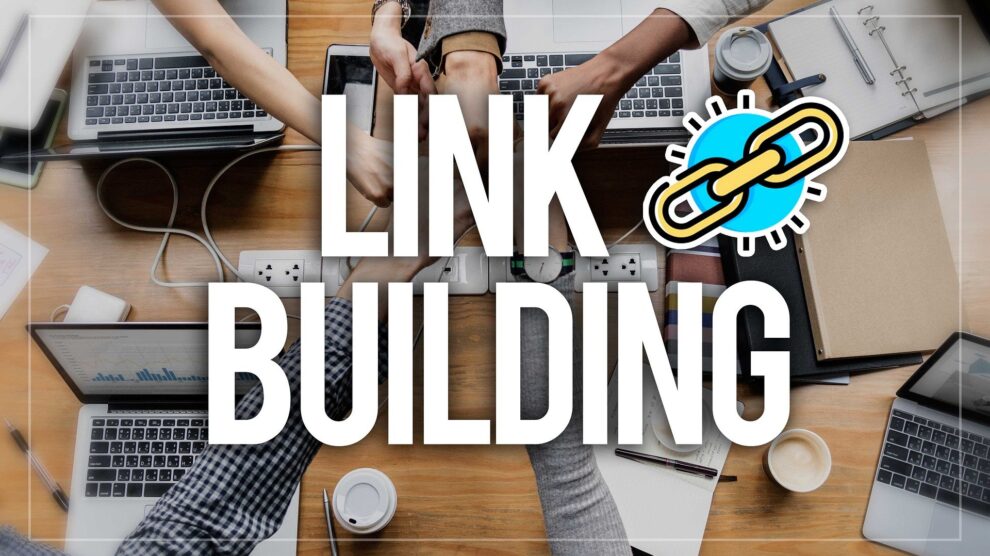Links are one of the 200+ factors that Google’s algorithm considers when assigning relevancy to a web page. Furthermore, according to many experts, they are one of the most important factors. If numerous sites are linking to a specific page, it demonstrates the quality and relevancy of its information.
When SEO professionals optimize a site, they put special emphasis on link building. However, according to EWR Digital, an enterprise SEO agency, not all links are made the same. One link from a reputable source can be worth hundreds and even thousands of links from other sites. Furthermore, low-quality hyperlinks can stifle optimization attempts leading to a Google penalty.
Building links is not that easy. In the end, people are often unwilling to help an unknown person or, better yet, a competitor. So, you need the right mindset and approach to make it happen. To help you out, we’ve created a list of five ways to build backlinks to your website.
1. Guest Post on Other Sites
Tried and tested approach is building links through guest posts.
The method is pretty straightforward. Some website owners have limited time and resources to create new articles. Or, they like having various authors posting on their site. No matter the case, they will allow you to create an article and place it on their pages.
Of course, you are not doing it for free. Within this article, you will place a link to your site. Keep in mind that a lot of sites that allow guest posting require monetary compensation for this service.
2. Work with Influencers
Often, the public will see you as a successful businessman just for being in the company of other successful people. This is especially noticeable when you work with influencers.
By having a close relationship with individuals who have massive clout, you can also increase the popularity of your own brand. One shoutout can lead to thousands of new website visits. In this particular case, we will focus on links.
Most of these guys have their websites. If you manage to get a link from them, they will pass some of that authority back to you (otherwise known as “link juice”). Of course, building a relationship with them takes a lot of time, but as we previously mentioned, getting on such a link can be worth hundreds of low-quality ones.
3. Respond to Relevant HARO Queries
HARO or Help a Reporter Out is a website that has been around for a decade. Although often mentioned within the SEO circles, it is still underutilized.
HARO is used by journalists who want to get the latest scoops from the public. So, if you have a newsworthy story, you can share it on this platform and hope that it gets picked up.
Basically, you are looking to create an interesting pitch that you can connect to your brand. Once a journalist notices your “news,” they will link back to your website from their outlet. Keep in mind that most media outlets are very authoritative, and the link you get from them will almost always be worth your time.
4. Utilize Skyscraper Technique
Good articles always garner attention. They are often used as a reference point by various blogs. As a result, they will get a large number of backlinks.
When you use the Skyscraper technique, your goal is to find an amazing piece of content within your industry and create something even better. The logic is simple: if a great article received all these links, a better version of it would get even more.
However, simply writing a longer article will not do. You have to invest in a nice graphic solution, images, and upon its creation, you need to promote it. Once it catches fire, it will start acquiring links on its own. But you will have to push it at first.
5. Create a Roundup Post
Roundup posts are articles that feature various influencers. The creator usually asks them a specific question or set of questions pertaining to the industry. In most cases, it has to do with trends or predictions.
Unlike the Skyscraper technique, where you have to invest a lot of money and promote it, roundup posts are a bit more simplistic. Your targets are the very influencers you featured in the article. Often, people will link back to this article from their site as a way of bragging. In theory, the more influencers you put within the post, the better the odds some of them will link back.
Nevertheless, these questions need to be well thought through. They need to be relevant for both potential readers and influencers.





